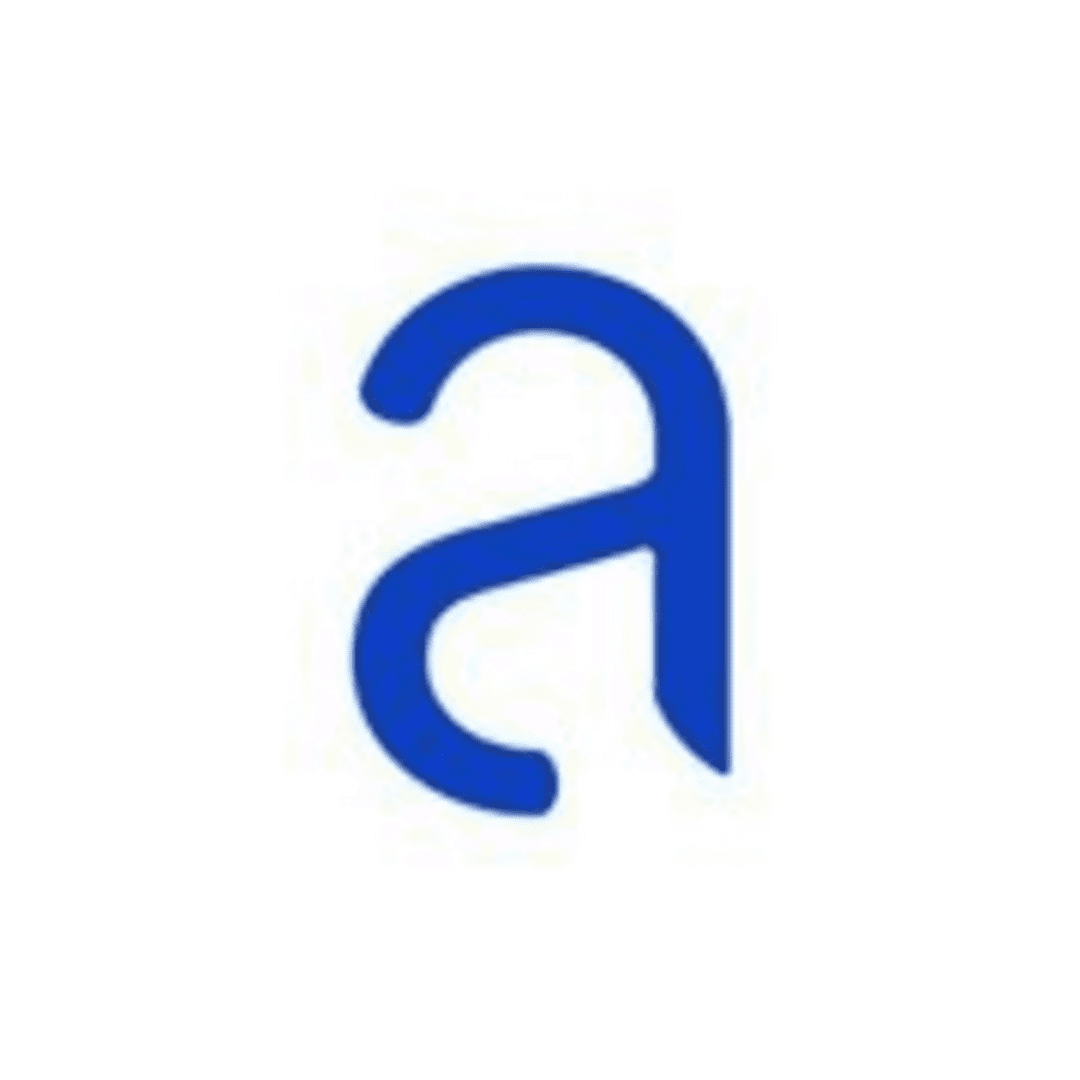Anchore
Software Composition Analysis for Cloud-Native Applications
Generate SBOMs. Fix Vulnerabilities. Maintain continuous
government and industry compliance.

Anchore is an open-source container security and compliance platform designed to scan container images for vulnerabilities, misconfigurations, and policy violations. It helps developers, DevOps teams, and security professionals ensure that containerized applications meet security and compliance standards throughout the software development lifecycle (SDLC). Anchore is available as a standalone tool, an enterprise solution, and a cloud-native integration.
Key Features
1. Vulnerability Scanning
- Detects vulnerabilities in container images, including base images and application dependencies.
- Pulls data from vulnerability databases like NVD, vendor advisories, and other sources.
2. Policy-Driven Compliance
- Allows users to create custom policies to enforce security and compliance rules.
- Detects policy violations in areas such as package versions, licenses, or exposed secrets.
3. Deep Image Inspection
- Examines all layers of a container image for a comprehensive security assessment.
- Analyzes metadata, configurations, and installed software packages.
4. CI/CD Integration
- Integrates seamlessly with CI/CD pipelines to automate container security checks during builds.
- Compatible with Jenkins, GitHub Actions, GitLab CI/CD, and other DevOps tools.
5. Container Registry Integration
- Works with major container registries, including Docker Hub, Amazon ECR, Google GCR, and more.
- Automatically scans images in registries for continuous monitoring.
6. Enterprise Features (Anchore Enterprise)
- Advanced reporting and dashboards for vulnerability and compliance metrics.
- Supports role-based access control (RBAC) and multi-team collaboration.
- Provides APIs for integration with third-party tools and workflows.
Use Cases
- Container Security: Ensure container images are free from vulnerabilities and misconfigurations.
- Compliance Enforcement: Enforce compliance with organizational policies and industry standards like PCI-DSS, GDPR, or CIS Benchmarks.
- DevSecOps: Automate security checks during CI/CD pipelines to integrate security into the development lifecycle.
- Container Registry Monitoring: Continuously scan container images stored in registries for new vulnerabilities.
How It Works
- Install Anchore:
- Deploy Anchore as a standalone service, in Kubernetes, or as part of CI/CD pipelines.
- Connect Registries:
- Integrate Anchore with container registries to scan images automatically.
- Define Policies:
- Create or use predefined policies for security and compliance checks.
- Scan Images:
- Perform on-demand or automated scans during the build process or on existing images.
- Review Results:
- Analyze detailed reports that include vulnerabilities, policy violations, and remediation recommendations.
- Remediate Issues:
- Address detected issues, such as updating vulnerable packages or fixing misconfigurations.
Common Command Examples
- Scan a local Docker image:
anchore-cli image add <image_name>:<tag>
- View scan results:
anchore-cli image vuln <image_name>:<tag> all
- Check compliance with a policy:
anchore-cli evaluate check <image_name>:<tag>
- List all images scanned:
anchore-cli image list
Advantages
- Free and open-source with robust enterprise features for scaling.
- Deep scanning of container images, including application dependencies.
- Supports custom policies for enforcing specific security and compliance requirements.
- Provides APIs for seamless integration with DevOps workflows.
Limitations
- Initial setup can be complex, especially in large environments.
- Vulnerability data relies on external databases, which may lead to delays in updates.
- Advanced features, such as detailed analytics and RBAC, require the enterprise version.
Anchore is a powerful tool for ensuring the security and compliance of containerized applications. Its flexibility, integration capabilities, and policy-driven approach make it an essential part of modern DevSecOps practices.
> Visit Anchore Website <
